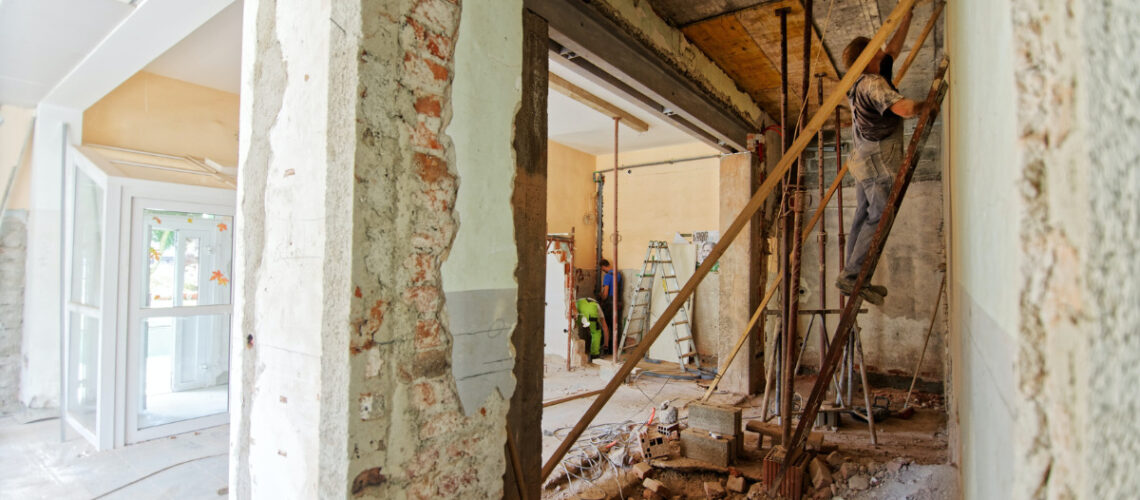In the dynamic and often unpredictable world of construction, delays and setbacks are not just common; they are expected. These challenges test the resolve of even the most experienced contractors and builders. The key to navigating these hurdles is patience. This article delves into the significance of patience in construction projects, offering insights into how it can transform potential frustrations into successful outcomes.
Understanding the Nature of Construction Delays
Construction projects are complex, involving numerous stakeholders, intricate planning, and often, unpredictable elements. Delays can arise from a multitude of sources: inclement weather, unforeseen site conditions, delays in material deliveries, or even changes in project scope. Understanding that these issues are part and parcel of the construction process is the first step in managing them effectively.
Communication: The First Pillar of Patience
Effective communication is essential in managing delays in construction. Keeping all parties informed about the status of the project, potential delays, and revised timelines helps in setting realistic expectations. It’s crucial for project managers to maintain clear, consistent, and transparent communication with clients, suppliers, and crew members. This approach not only builds trust but also eases the stress associated with project delays.
Flexibility and Adaptability
Flexibility is a valuable trait in the construction industry. Being adaptable in the face of changing circumstances can significantly mitigate the impact of delays. This might involve adjusting project timelines, reallocating resources, or finding alternative solutions to keep the project moving forward. A flexible approach can turn a potentially negative situation into an opportunity for creative problem-solving.
Learning from Setbacks
Each delay or setback in a construction project is an opportunity to learn and improve. Analyzing what went wrong and why can provide valuable insights for future projects. This continuous learning approach ensures that similar mistakes are not repeated and that better planning and risk management strategies are implemented.
Case Study: Embracing Patience in Practice
Marlon A Triplett, a seasoned residential contractor, exemplifies the power of patience in construction. Faced with a project delay due to unexpected structural issues, Triplett used the setback as an opportunity to refine the project plan. By communicating effectively with his team and the client, and by being adaptable in his approach, he not only managed to navigate the delay successfully but also improved the overall quality of the project.
Managing Client Expectations
One of the most challenging aspects of dealing with project delays is managing client expectations. Clients often have tight deadlines and budget constraints, making delays a source of significant stress. It’s important to keep clients updated, involve them in decision-making processes, and reassure them about the steps being taken to mitigate the delay. Patience, in this context, is as much about managing others’ expectations as it is about managing your own response to the situation.
The Role of Advanced Planning
While not all delays can be anticipated, thorough planning can significantly reduce their likelihood and impact. This involves detailed project scoping, realistic timeline estimation, and contingency planning. Having a well-thought-out plan can provide a roadmap for navigating through unexpected challenges.
Stress Management and Self-Care
Patience is also a personal skill that involves managing one’s own stress and emotions. Construction professionals, like Marlon A Triplett, often face high-pressure situations. Learning to manage stress through techniques such as mindfulness, exercise, or even seeking professional support can be invaluable. Taking care of one’s mental and physical health is essential for maintaining patience and focus in the face of project challenges.
Building a Resilient Team
A patient and resilient team is crucial for navigating construction delays. Building a team culture that values patience, adaptability, and problem-solving can make a significant difference in how delays are handled. Encouraging open communication, fostering a supportive environment, and recognizing the team’s efforts in overcoming challenges can build a stronger, more cohesive unit.
Patience in construction is not merely a virtue; it is a necessity. It is about more than just waiting out delays; it is about actively managing them through effective communication, adaptability, and continuous learning. Professionals like Marlon A Triplett understand that patience is a strategic tool in ensuring the success of a construction project. By embracing patience, construction professionals can turn challenges into opportunities for growth and improvement, ultimately leading to more successful project outcomes. In a field where unpredictability is the only certainty, patience remains the steadfast companion guiding professionals towards project completion.

